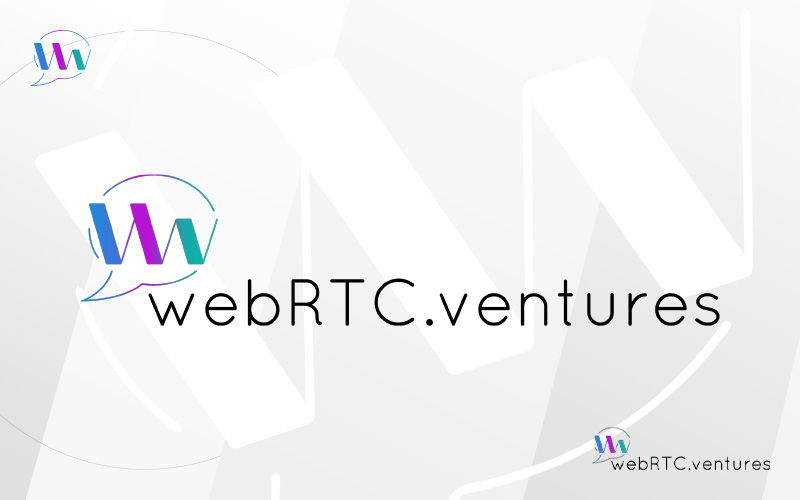
We continue our series on WebRTC in gaming with a technical post showing how to create your very own Tic-Tac-Toe game powered by WebRTC, including the configuration of the game server and managing connections from the client.

In a previous post, we showed you how to build a simple two party video chat using the Amazon Chime SDK, which we love as a scalable and flexible live video solution built on top of a globally distributed backend. Today, we will move forward on that code to build a multi-party video conference.

The Amazon Chime SDK gives you the power and capabilities of many lower level solutions, while still offering the abstraction and built-in media server infrastructure of the simpler CPaaS solutions. In this post, we’ll use the Amazon Chime SDK to make a 1-1 call by building a video chat using WebRTC with React and Node Fastify.

A code example for automating configuration for WebRTC. Hector shows us how to provision two EC2 instances: one running the Janus WebRTC Server and the other one running coturn.






